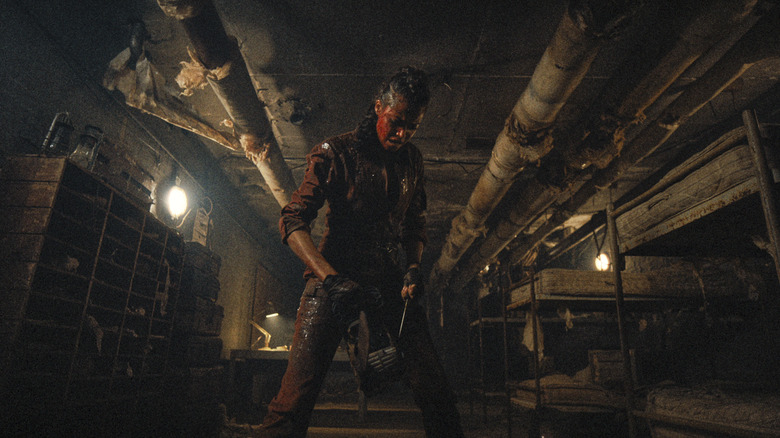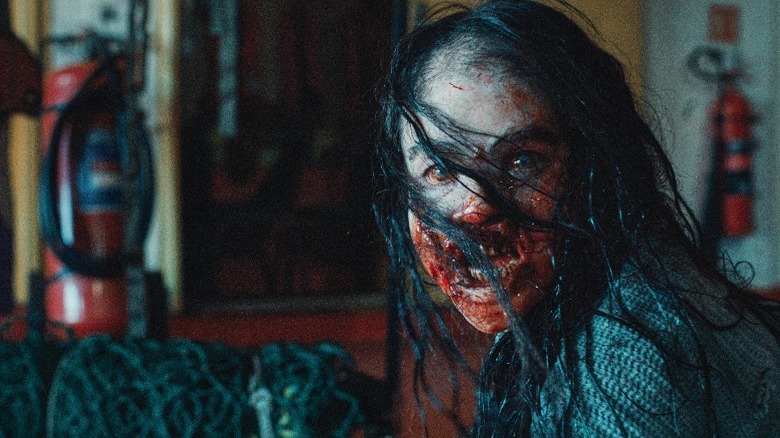Netflix's Resident Evil Had An 'Unlimited Blood Budget'
The latest series adaptation of "Resident Evil" just premiered on Netflix, and according to series writer Andrew Dabb, things are going to get real bloody in the survival horror show.
In an interview with Rotten Tomatoes, Dabb talks about the blood and gore aspect of the "Resident Evil" series, and how important it was for the showrunners to maintain a not-too-serious, fun vibe without making it look too "cartoonish":
"They gave us an unlimited blood budget, let's just put it that way... If you're going to do that, let's have some fun. But at the same time, there are moments where it's like, Blood makes sense here, but it's not to be done to a cartoonish degree. We really tried to walk that line."
The events in "Resident Evil" eventually culminate in a zombie apocalypse, and this inevitably means bloody fights between survivors and mutated monsters, paving the path for a whole lot of gore. Due to the visceral nature of the show, Netflix's "Resident Evil" has been rated R and Dabb thinks that it is "probably more gory" than Paul W. S. Anderson's film series. This is somewhat true, as while Anderson's films feature some amount of graphic violence and gross monsters, the series ups the ante in terms of the blood aspect, albeit in a schlocky, B-horror kinda way.
Resident Evil has always been gory
The basic appeal of the "Resident Evil" games rests on a plethora of factors, including a structured playthrough that allows for a fair amount of wandering (although you will definitely run into creatures) and a consistent atmosphere of dread that heightens the quality of gameplay. Gore has always been a staple in the game series, as the process of getting out of a creature-infested space involves shooting them in the head, at which point, heads go kaboom. Sometimes, you might not even have a weapon, forcing you to literally fist fight your way ahead, which can lead to losing a hand.
I remember playing "Resident Evil 2" a while back and the gore splatter mechanics of the game are pretty detailed and um, interesting, adding a wet, glossy sheen to exposed innards and such, which makes it look particularly disgusting. While Netflix's "Resident Evil" obviously does not go as far as achieving such an effect (if anything, it is too dark to even see what's happening in the 2036 timeline), there are plenty of crushed monsters (including a huge spider), blood-splatters, and the protagonist Jade (Ella Balinska) is completely drenched in blood at one point. Things also get bloody in the 2022 timeline, after the T-virus spreads in Racoon City, when humans mutate into "zeroes."
The brutality and excess of the 2036 timeline are balanced with the initial veneer of normality in the 2022 timeline, but as the two timelines merge and meet at some point, the show gets to completely imbibe the essence of the games. The end is nigh, and the characters gut, stab, and chainsaw their way through a maze of terrors, making the blood and gore — and the R rating — justified.
All eight episodes of "Resident Evil" are currently streaming on Netflix.

